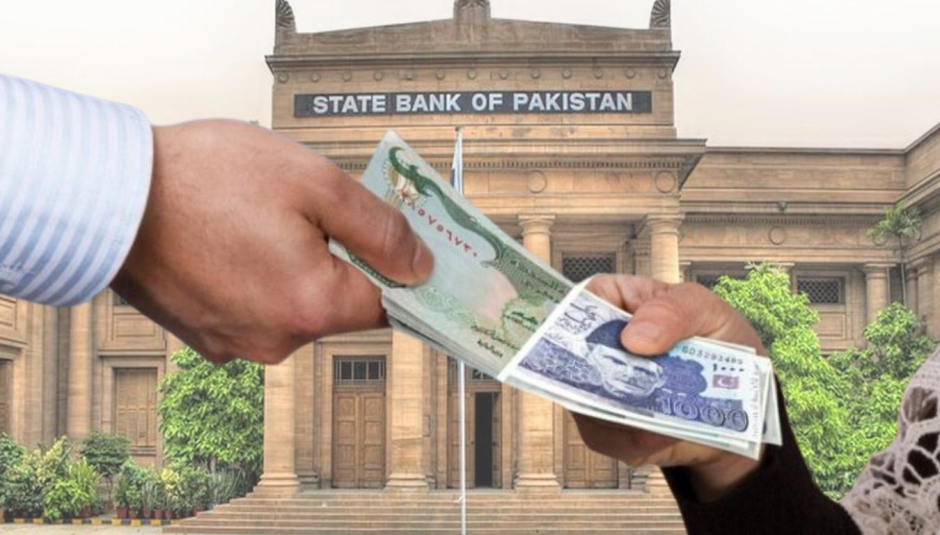KARACHI: The State Bank of Pakistan (SBP) is anticipating $500 million from the Asian Development Bank (ADB) this week, and higher foreign inflows are expected this month after remittances surpassed $3 billion in October.
In a meeting with experts and researchers on Monday after the monetary policy was announced, SBP Governor Jameel Ahmed said that remittances had surpassed $3bn in October. This would help build the foreign exchange reserves as planned.
Compared to the same period in FY24, remittances are up 39%. By the conclusion of FY25, the government expects the SBP’s foreign exchange reserves to reach $13 billion.
SBP Reserves to Reach $11.7bn with $500m ADB Inflow
In addition, the governor announced that the $500 million will be received from the ADB within one week, which would significantly increase reserves. The SBP reserves would increase to $11.7 billion with this injection. The central bank’s foreign exchange assets increased to $11.2bn as of October 25th, after receiving $116 million.
According to Mr. Jameel, Pakistan has already paid $5.7 billion of the $26 billion needed for debt payments in FY25. During the fiscal year, he anticipated a rollover of $14.1 billion. Pakistan still requires $6.3 billion to pay off its debt, even with this anticipated rollover. This sum will need to be repaid by the whole country.
Poor ratings make the prospect of issuing Euro and Panda bonds to raise capital appear remote at this time. The remaining $6.3 billion would go towards debt servicing, but the SBP governor didn’t specify where that money would come from.
Pakistan might satisfy its high-interest debt repayment commitments by borrowing money from the global financial sector.
The head of the SBP also mentioned that the government is aiming to lower its domestic debt profile, which could mean borrowing less money than initially anticipated. Specifically, he claimed that domestic borrowing through short-term treasury bills (T-bills) is being discouraged by the government.
The governor stated that compared to last year when T-bills made up 21% of domestic debt, that percentage would now be 20% due to the government’s extended borrowing period. Over the course of two months, the government repurchased short-term T-bills twice. He claimed that the interest payment would be cut from Rs9.5tr to Rs8.3-Rs8.4tr for FY25, down from the previous estimate.
Just as in August and September, the governor predicted that the current account would continue to show a surplus in October. The administration is greatly relieved by the surplus as it is facing challenges in managing the repayment of external debt while staying within the parameters set by the IMF. The nation has been attempting to fulfill the requirements of the new $7 billion Extended Fund Facility while it is part of the International Monetary Fund’s program.












